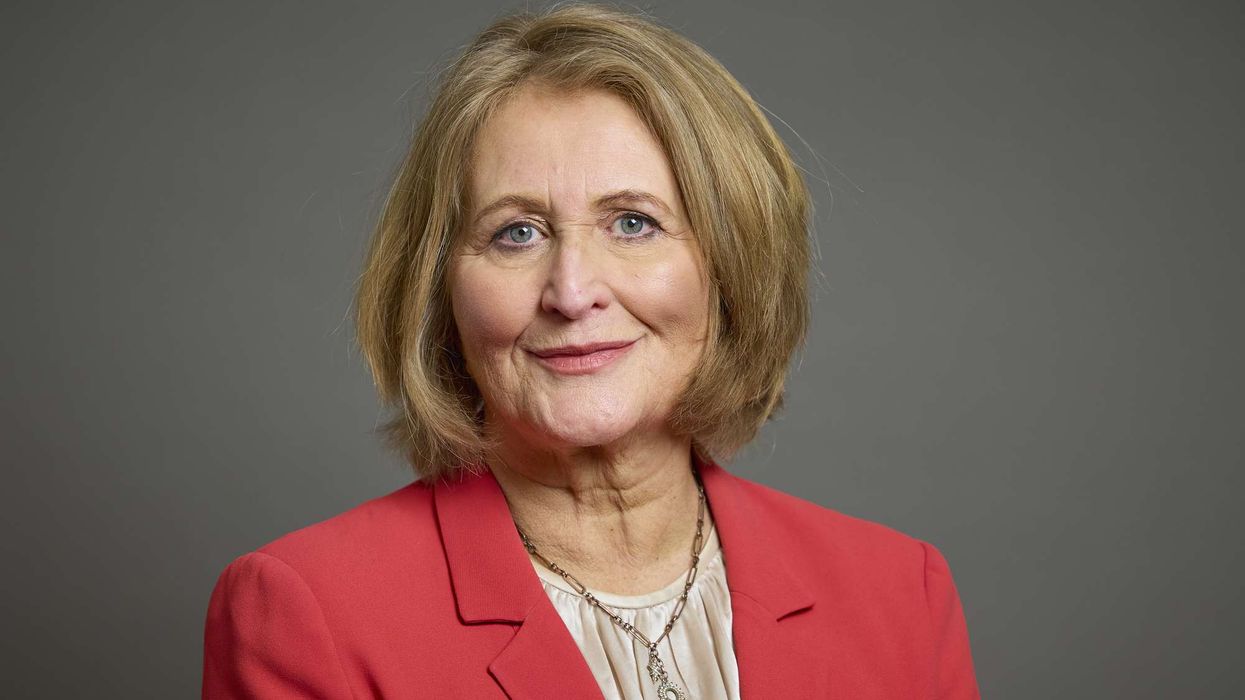by LAUREN CODLING and PRAMOD THOMAS
TWO survivors of India’s Partition have recalled the experience of fleeing their homes in 1947, ahead of Indian Independence Day on Saturday (15).
Padam Rosha, 97, and Rajini Rosha, 87, were both in Lahore, now Pakistan, at the time of Partition. The couple, who did not know one another during the division, but married in 1953, were forced to leave their hometown due to rioting on the streets.
Rajini, who was 13 at the time, left with only a small suitcase full of her belongings. “Our family lost everything we owned,” Rajini told Eastern Eye on Tuesday (11). “We came to India with just a suitcase first to Amritsar then to Simla. All six family members came with barely anything as my father did not believe this was a permanent division (but) we could never get anything back from Lahore.”
Meanwhile, Padam, then 24 and studying his PhD at the government college in Lahore, had to leave his PhD papers behind and drove across the new border. However, he admitted he and his family felt minimal impact of the division, besides the move from Lahore to Amritsar, as their properties were on the Indian side.
Recalling his memories of Partition in 1947, Padamn described moving from Lahore to Jalandhar, now part of the north Indian state of Punjab. On their journey, the family witnessed the turmoil of those who had been impacted due to the division.
“There was no stipulated border between the two countries and on our way, we saw people rioting on either side,” he told Eastern Eye. “It was madness all around. “We saw caravans of poor people going from one place to the other and we saw many graves on our way.”
Rajini, meanwhile, left Lahore with her family without any difficulties. However, she is aware how lucky she and her family were to avoid harm. “As I was just 13 years, I do not have much memories of it (but I remember) I felt scared when we had to leave Lahore as my parents were very tense and we could hear explosions and sloganeering all around the house,” she said.
Both are now based in Delhi. Asked how they feel during Indian Independence Day, both agreed that it was a “special (and) happy occasion”. Padam, who was part of the police force and previously the director of the police academy in Hyderabad, would regularly attend the celebrations. Post retirement, the pair typically listen to the prime minister’s speech on the television. “This year also we are planning to do the same,” Rajini said.
Their daughter, Lady Kishwar Desai, is the chairperson of the Arts and Cultural Heritage Trust that set up the Partition Museum in Amritsar. The pair are proud of their daughter, who they claim has done “something substantial” in setting up the historic museum. “The museum helps the younger generation to understand the sacrifices the older generation have made to achieve the independence,” Rajini said.
“It is necessary to preserve memories and culture for the new generation,” Padam added. “I am happy that my daughter was part of setting up of the museum.”











